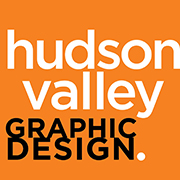Before we start a package design project, we make an all-out effort to understand your competition and the “category” of your product. The most important part of our Design Phase 1 is research. If we are creating solid graphic design solutions for your business or product, we must look at other products like yours in the area and around the globe.
How it all starts:
After our initial consultation with inspired entrepreneur, Regina Jacobson, we learned that she had a passion for her pets and wanted to launch an all natural dog treat product line that she makes in her kitchen, getting nothing but positive response. Regina hired us to help build her brand and design the packaging for her product which was already selling in several health food groceries locally. The name of her product line, “Meaty Mugs” All Natural Dog Treats, initially being launched in two flavors.
We do our package design homework
Our first task in our brand package design project was to browse through the local pet food aisle, studying “Meaty Mugs” competition. At a store like Pet Smart, you can see all of the most popular brands and get lots of ideas. We snapped pictures of appropriate packaging, so we could review them back at our office.
Next we look at the photos we’ve collected and do an analysis, understand the consumer’s perception of the all-natural category. What colors, texture and icons are used and understood as organic or all-natural amongst pet foods and dog treats. This helps our design team stay within the acceptable guidelines for that category.
We look for opportunities when we explore your competition. We look for ways of standing out. What are they doing, and what can we do differently? What makes sense? If your competition is using photos of dogs, maybe a graphic illustration would make your brand stand out on shelf.
Before we put “pen to paper” for any graphic design exploration we thoroughly review your direct competitors. What will make a consumer purchase your product over theirs. This is a critical part of your branding process, and one that is often overlooked.

